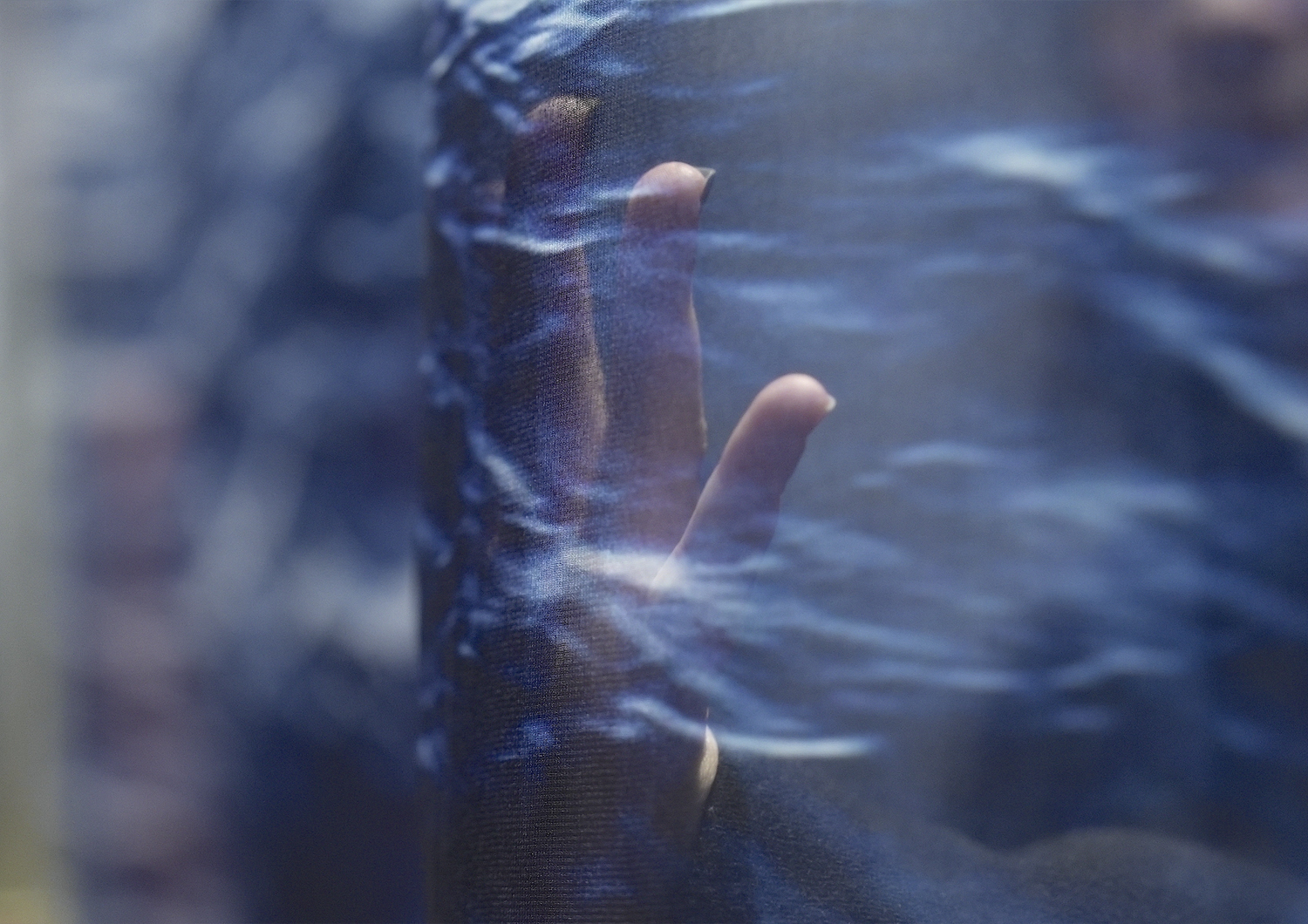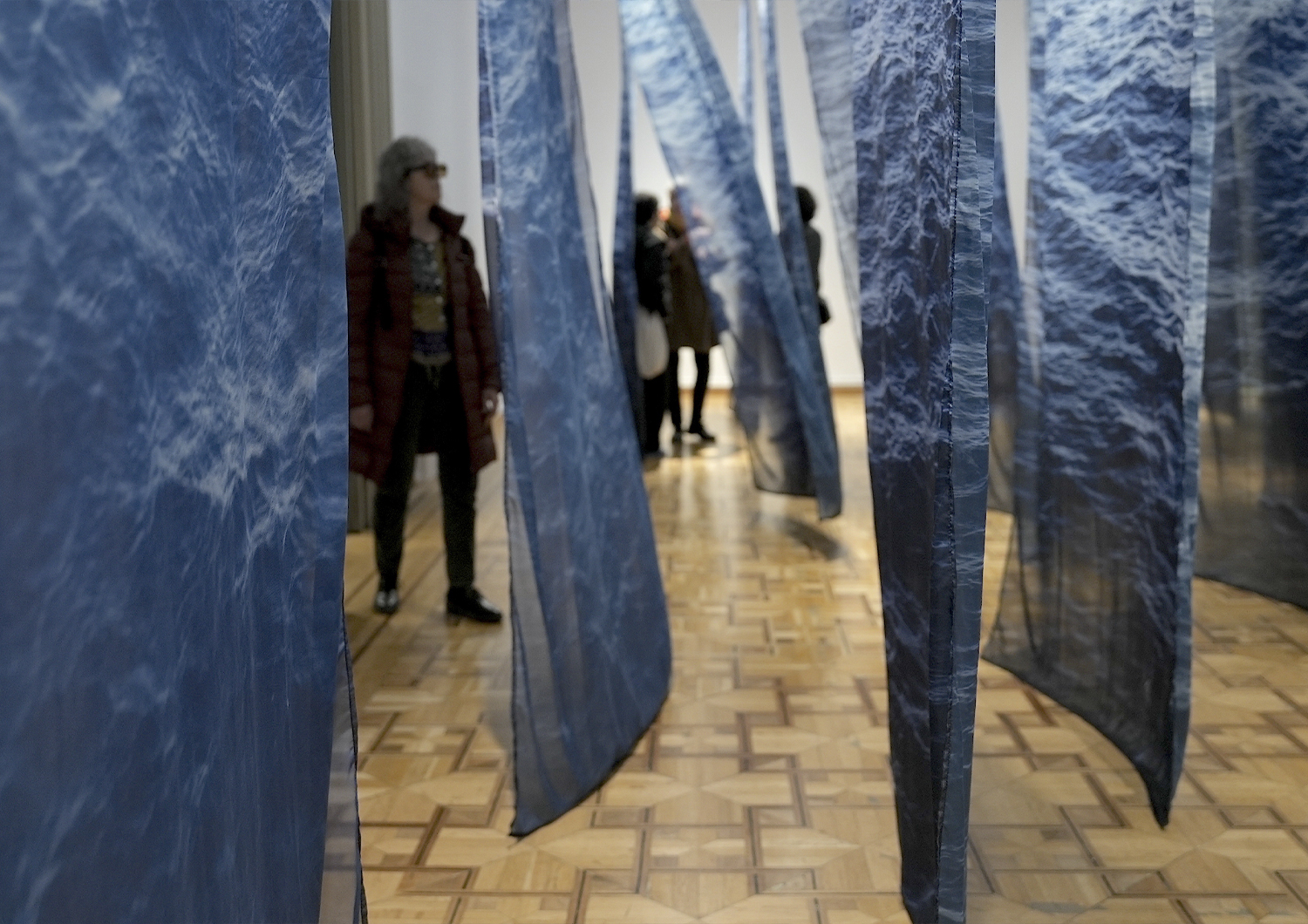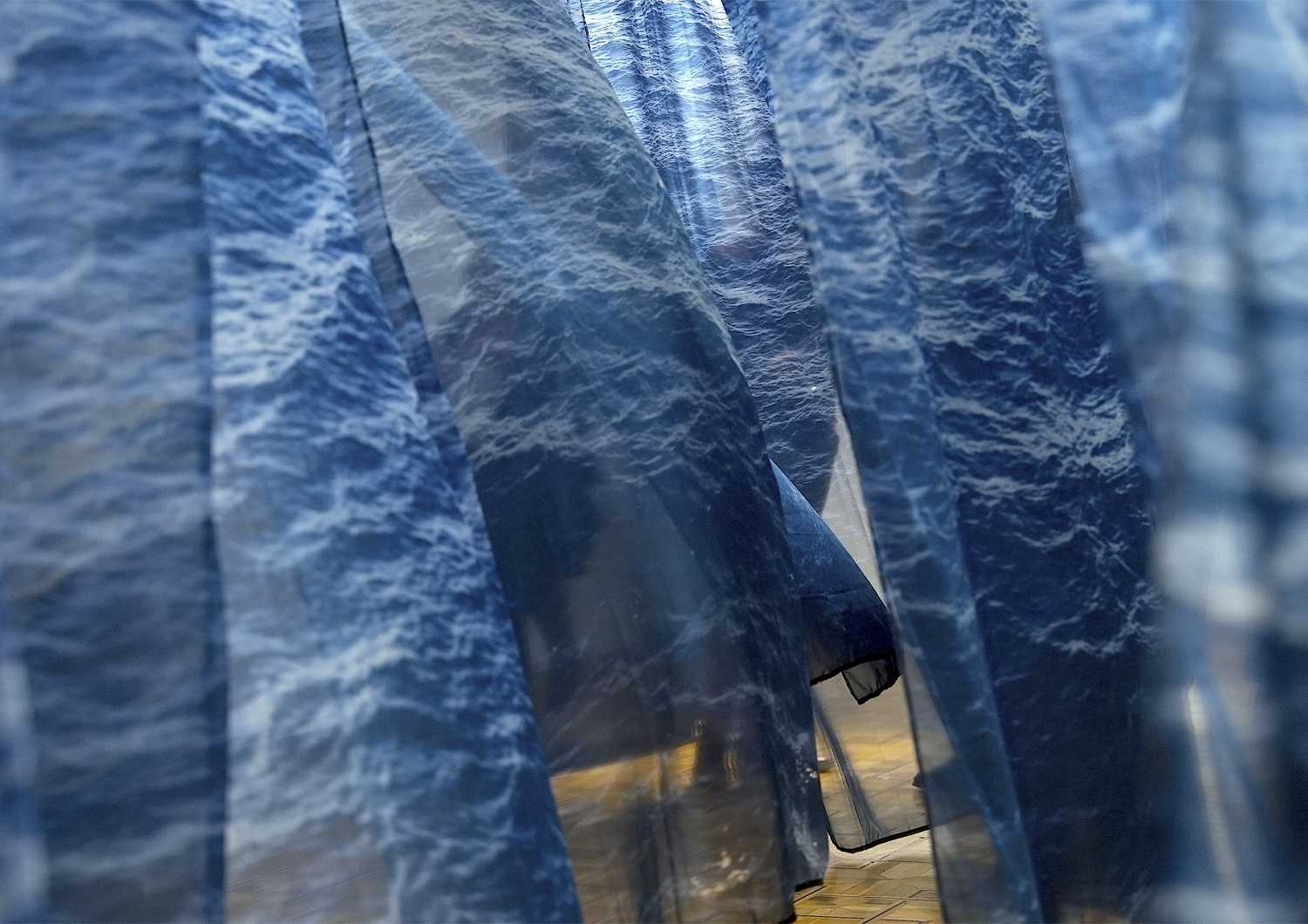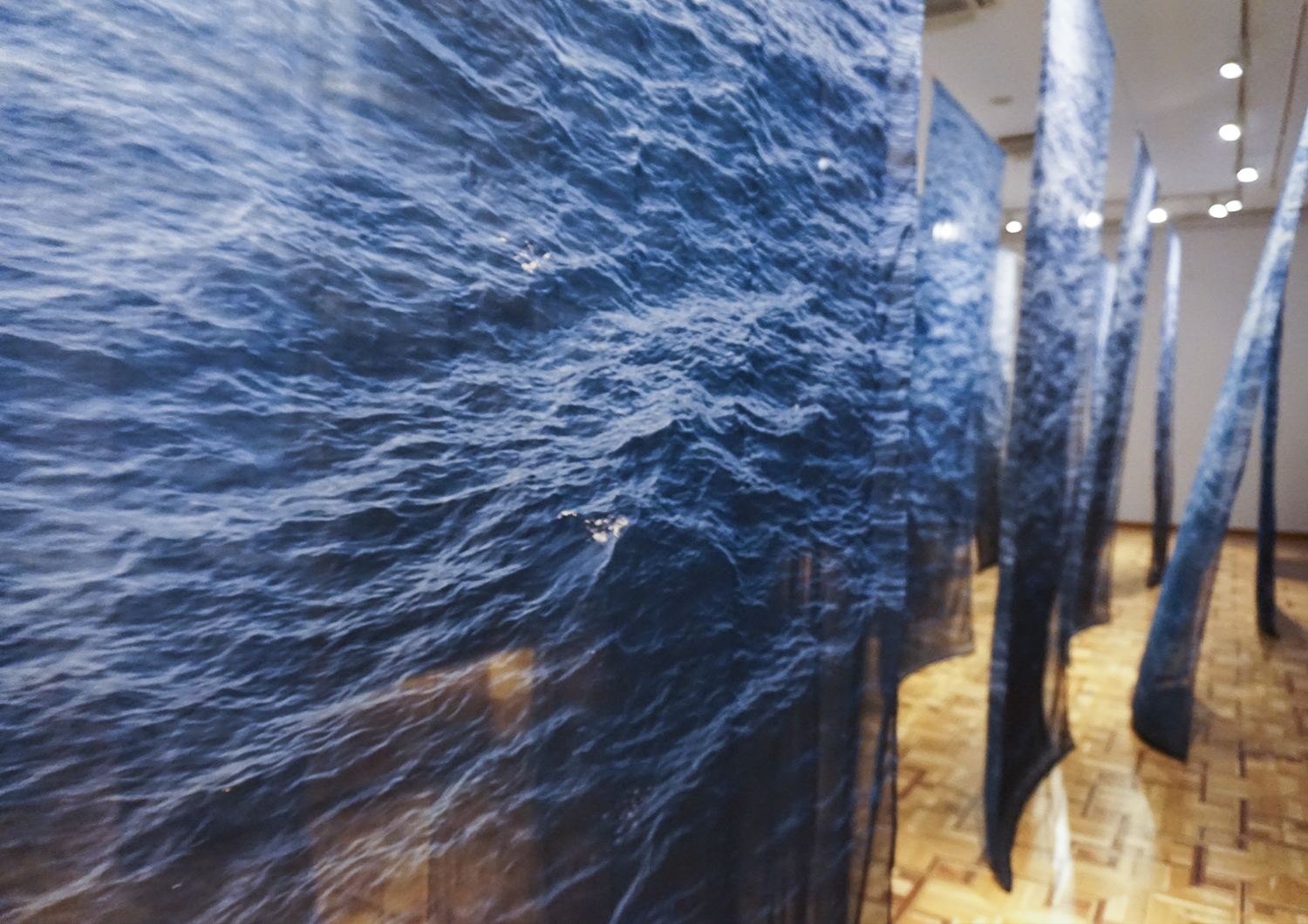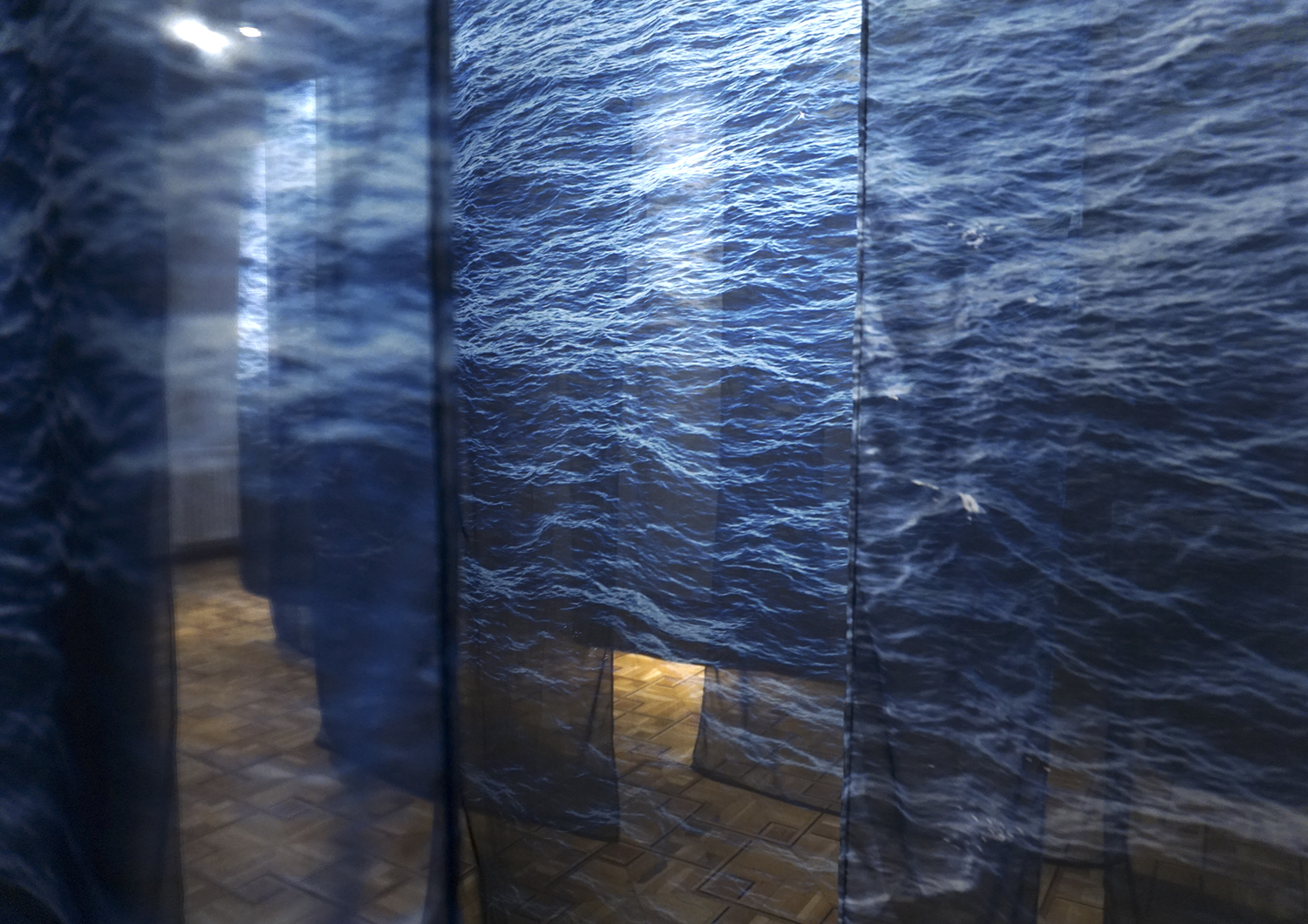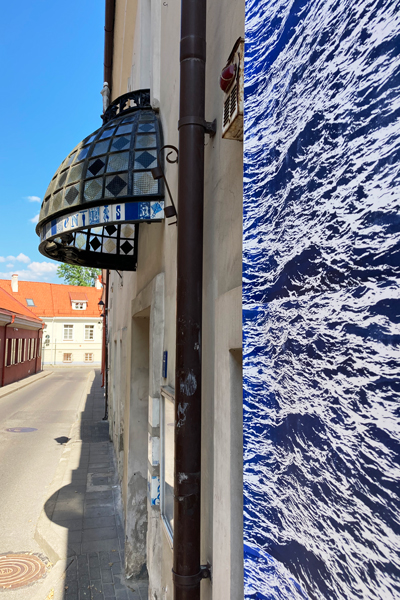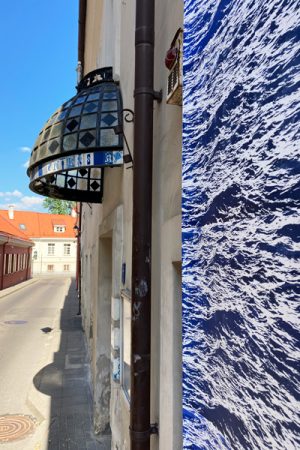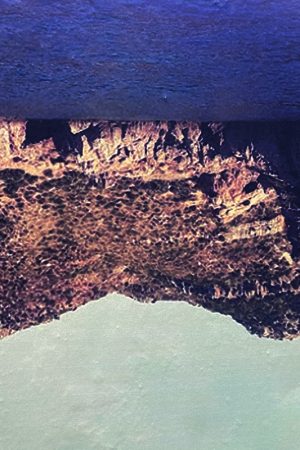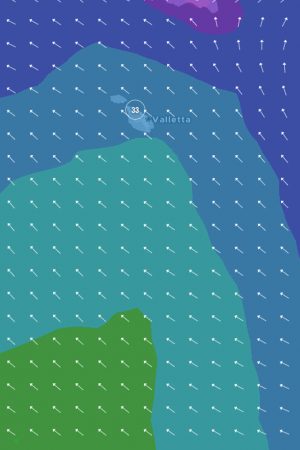Alta Mar
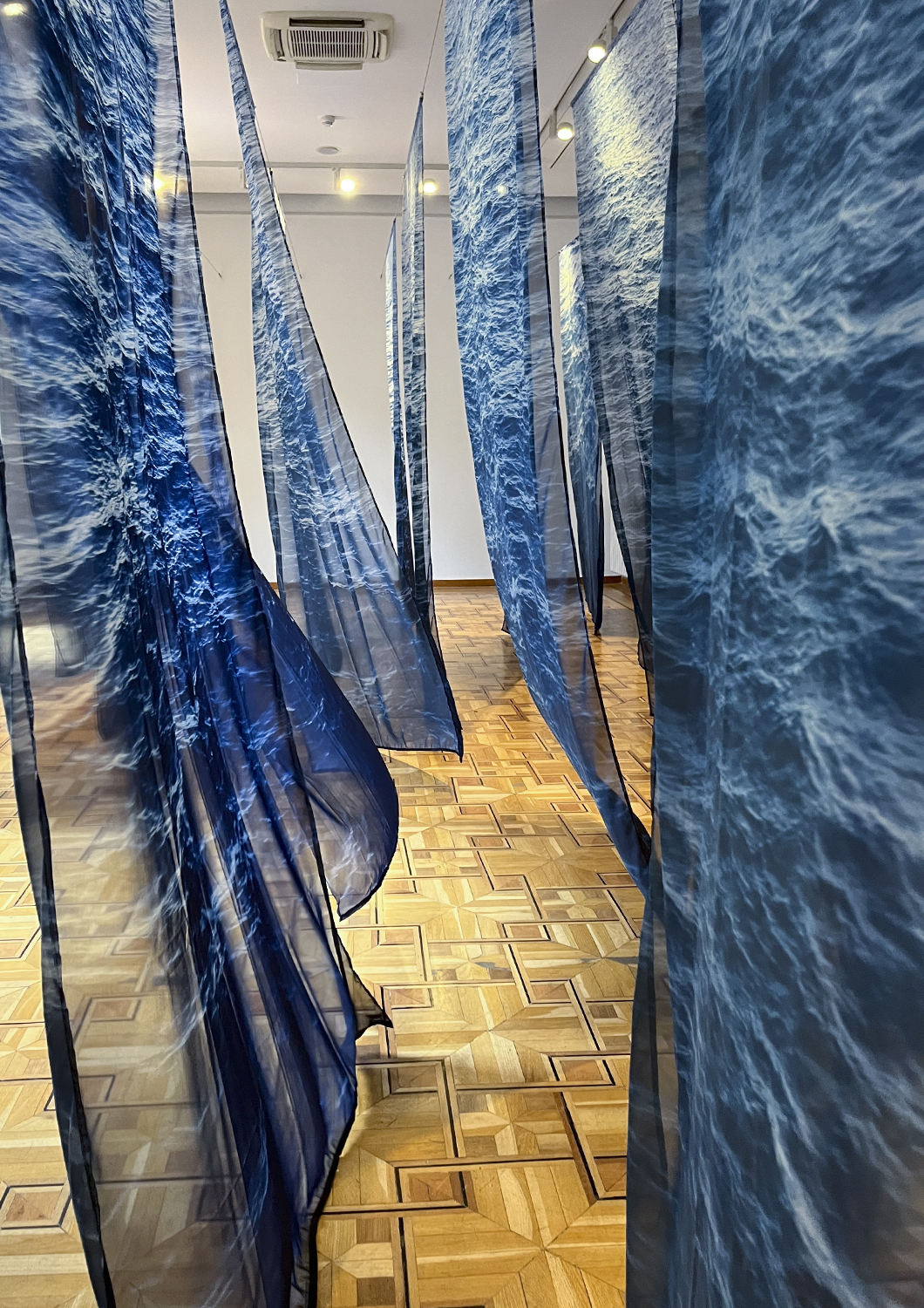
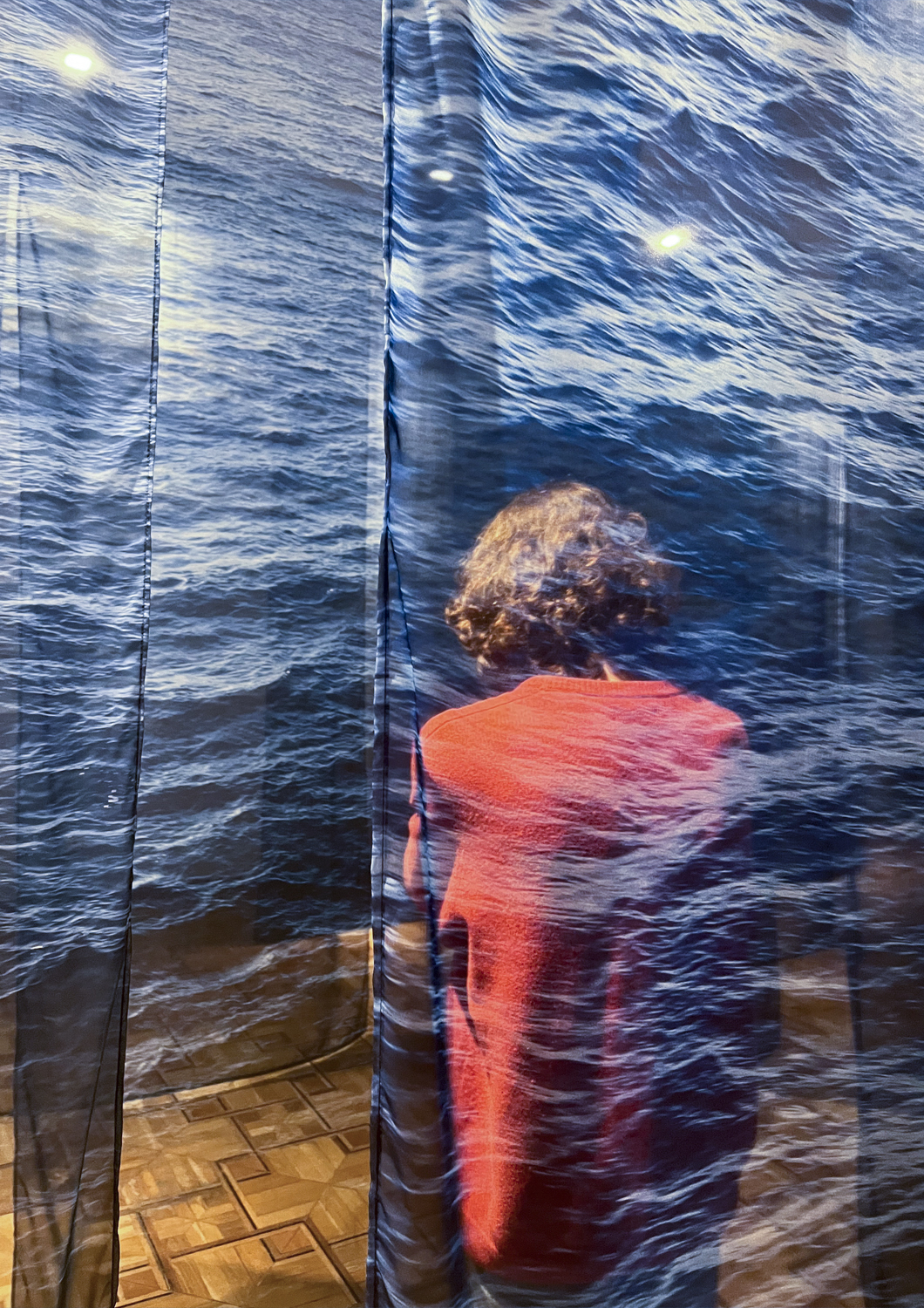
Alta Mar – 2024
photographic sublimation on chiffon, 24 photographies: 295cm x 150cm, 1/ 3 – Installation: variable dimensions
“What does the “Mediterranean” mean to the people who inhabit its coasts and islands and travel its surface? How can we bring the past into the present and how can a “parallel” future become plausible within our lives? Can we arrive at the formation of new/old vocabularies that encompass risk, but also promise new forms of solidarity and interconnection, beyond normative and hegemonic narratives? “*
The Mediterranean Sea has played a fundamental role in our imagination for centuries, as the cradle or founding space of our societies, as a point of commercial exchange, as a place of dreams, but also of geopolitical tensions. It is the most overexploited sea at a fishing level according to the UN, the sea of Ulysses, the border sea of fortress Europe, the sea resort city of the middle classes.
Fabrizio Contarino in his long-term project “The Opposite Sea” collects all this ambivalence and defines the sea as a heterotopia, that is, a place that is pure otherness, which from our terracentric vision is conceived as another type of space, with its own rules, with a different system of relationships between us and with the place.
Through his artistic work, Fabrizio investigates space and how we relate to it, how we live and perceive it, as well as its relationship with the time it takes to move through it. And in the sea there is a change of element, we need to transit it in boats, we need non-corporeal technologies to inhabit it, so the perception of time and how we perceive that space changes radically. The sea is a space that does not belong to any specific place, which transforms according to the context and categorizes the individuals who decide to use it as a means of escape, as a way to save themselves. A reflection on the concepts of time, space and transformation.
The “Alta Mar” installation – which is the name by which areas of international waters are usually called in Spanish – was carried out last October 2023 between the waters of Italy and Tunisia. It is a maritime area with a special symbology, since it is a space outside the sovereignty of the states, which therefore belongs to everyone and no one, the common heritage of humanity. This, despite being apparently utopian, is not free of conflicts and economic and political interests.
In the project “The Opposite Sea” the artist uses his methodology of observing a space, recording and subsequent transfer of the digital image to a physical medium, playing with what happens in this jump and questioning the nature of the images in a moment. history of overproduction of them.
The exhibition display is made up of 24 photographs, printed by sublimation on gauze, and arranged forming a grid of long strips of fabric that must be crossed. Between the layers, the viewer’s body moves and becomes a shadow, the human presence is blurred. The fabric has a fall, sinuosity and undulation that disorients the viewer and transports them to a place that is very different from the one imagined, to a vertical sea, which accentuates the estrangement and a certain tension that provokes a question about what is being seen. The disorientation is reinforced by the vertical format of the images, which the artist recorded at sea during his journey to Tunisia. The verticality of the installation hides the landscape and denaturalizes its usual representation, hypnotizing and disorienting the senses.
The high seas are a sensory installation, a repetitive labyrinth in which we have to dive to feel the vertigo of someone who is adrift, and ask ourselves which place is opposite to the sea and if its shores are really so different.
– Extract from the curatorial text by Pilar Cruz and Fabrizio Contarino
*Marina Fokidis, The Mediterranean: A Round Sea – Nero Edizioni
